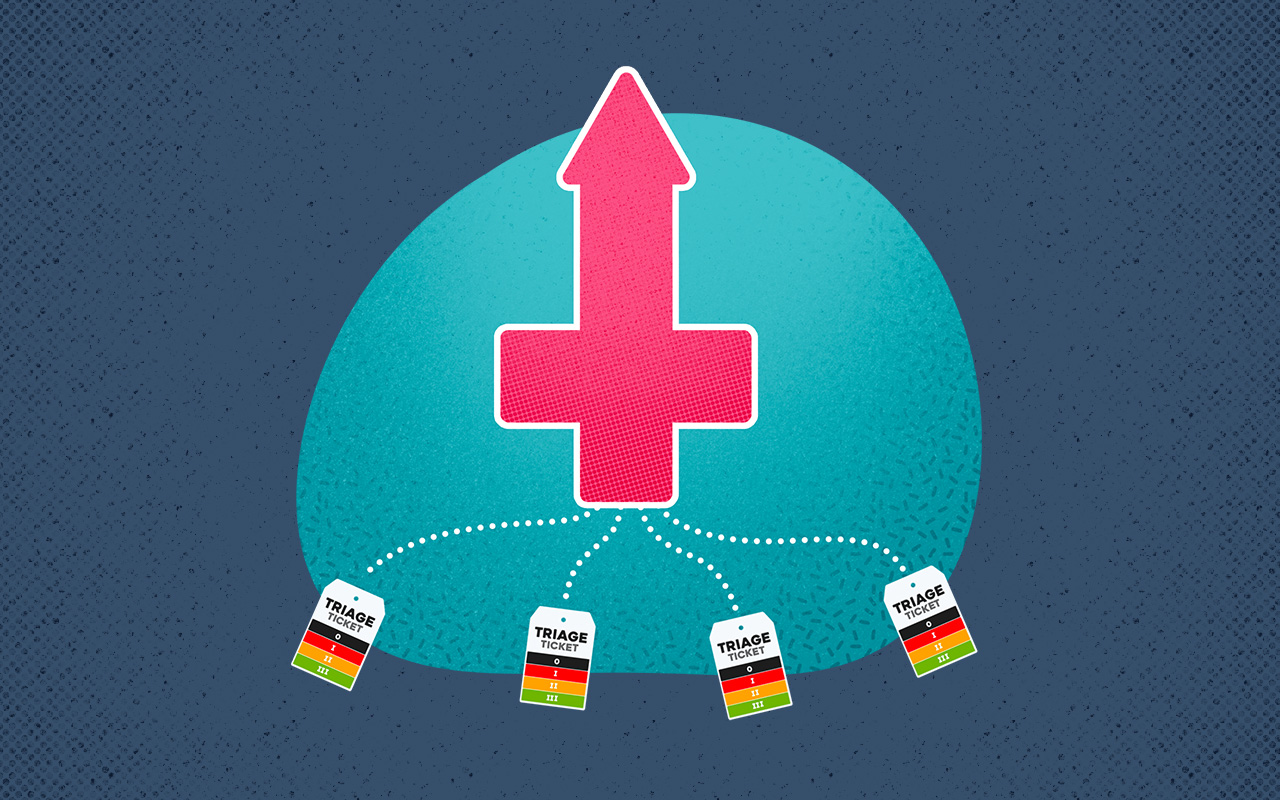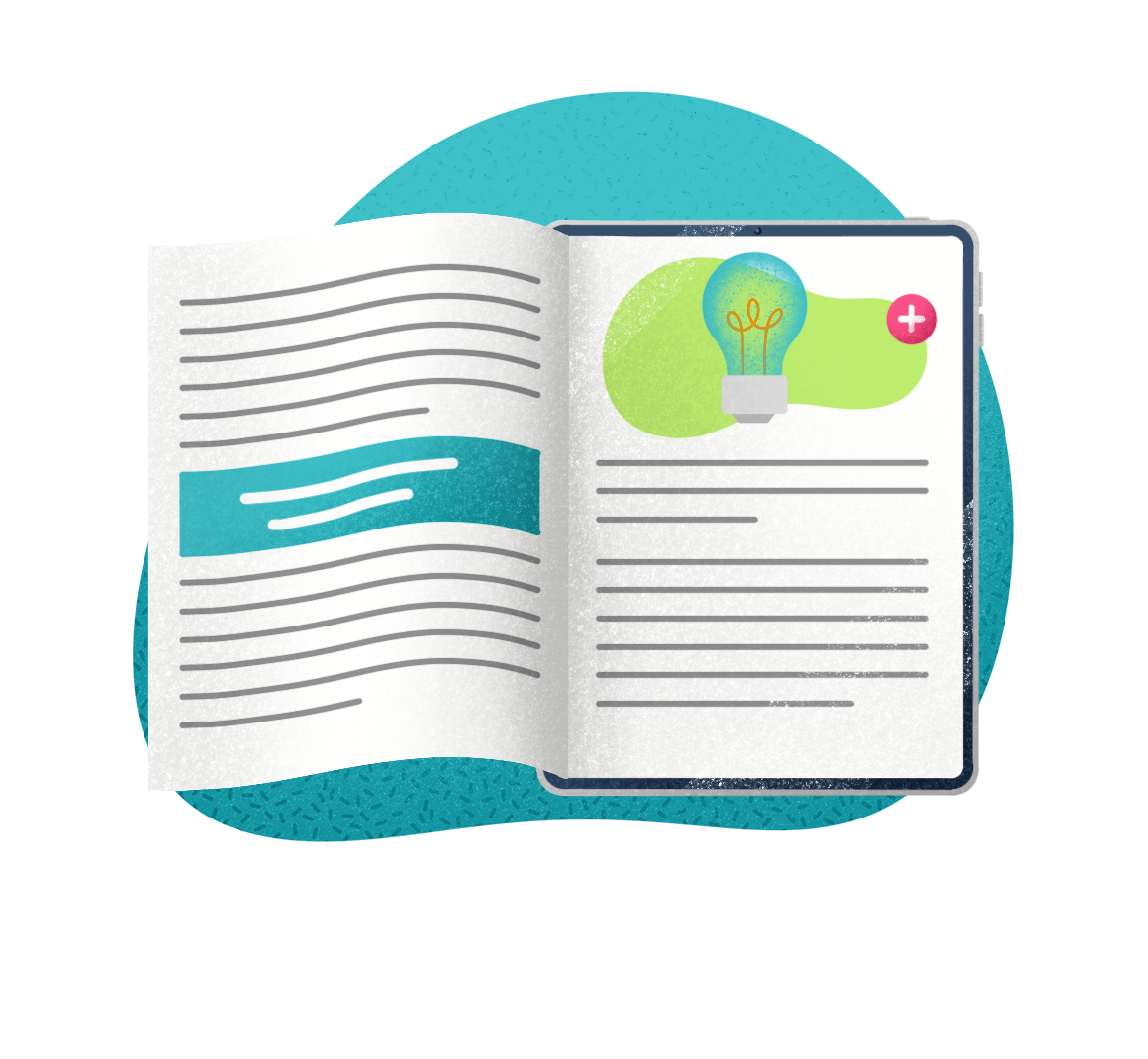“Triage”: a term that evokes emergency room procedures… and a metaphor that is immediately useful.
Just imagine a place where patients arrive, but no one knows who should be treated first or how. Someone with a simple cold receives immediate emergency-level assistance, while – at the same time – a real emergency goes unnoticed for hours.
This is exactly what risks happening in traditional IT Service Desks. Moving away from the metaphor: hundreds, thousands of tickets every day, with a real danger of mismanaging priorities – in the worst case – or, at best, responding too slowly and inefficiently.
Today, however, we are facing a turning point that can change everything.
Thanks to Artificial Intelligence, we can now rely on a “digital brain” that analyzes, sorts, prioritizes, resolves, and routes requests with almost surgical precision.
This is the AI revolution in Service Desks. And it should be emphasized from the start: one of its most important side effects is that it frees up valuable time for IT operators.
This article focuses on all of this, with a specific spotlight on the related (but no less critical) topic of ticket deflection.
The Challenge of Tickets: Rising Volumes and High Expectations
In recent years, many factors have contributed to the exponential growth in IT support requests. These include the accelerating pace of digitalization and the widespread adoption of remote or hybrid work.
As a result, Service Desks are confronted with a constant and overwhelming stream of tickets, covering issues that range from complex technical errors to simple, routine inquiries.
Without proper classification, urgent requests risk being buried under hundreds of low-priority reports… much like the metaphor we used at the beginning.
The consequences are predictable and serious: IT teams become overloaded, response times slow down, and service effectiveness is compromised — eroding trust in the company.
And there’s more.
In the meantime, end-user expectations have changed and become more demanding: people now expect immediate, accurate, and personalized responses.
That’s why, in this context, AI in the Service Desk is becoming less of an option and more of a necessity. It’s a powerful tool to transform chaos into order, optimize resources, and improve the customer experience.
And it all starts at the “front door”: with triage, precisely.
Smart Triage: The Right Ticket to the Right Resource
Ticket triage is one of the most critical and delicate functions within a Service Desk. Simply put, it involves understanding, classifying, and properly assigning every request.
With the adoption of AI in the Service Desk, this process undergoes a radical transformation.
But how, exactly?
Without diving too deep into technicalities, Natural Language Processing (NLP) technologies enable AI to read the content of tickets, understand their meaning, assess urgency, and route the request to the most appropriate team. All this is done automatically, based on the specific characteristics and goals of the company.
This not only eliminates ambiguities and human errors, but also ensures consistent and timely handling of requests, improving operational coherence and freeing up valuable bandwidth for support teams — allowing them to truly become a value-add for the business.
(We’ll revisit the advantages of AI in the Service Desk shortly with a more detailed list.)
Let’s face it: in many cases today, only AI is capable of handling such high volumes of requests without degrading performance, ensuring scalability even during peak times.
And this brings us to the topic of ticket deflection, which we’ll now explore.
Ticket Deflection: When the Best Ticket is the One That Never Arrives
“Deflection” refers to the ability of a support system to resolve a request before it becomes a ticket.
It might seem counterintuitive, but in fact, it’s something simple and potentially game-changing.
So how, in practice, can a request be resolved without becoming a ticket?
There are several ways — and AI in the Service Desk plays a role in all of them. Here are the key methods:
Automated responses delivered by chatbots and virtual agents, which have now reached an impressive level of sophistication and effectiveness.
Real-time, automated suggestions drawn from a well-structured and constantly updated knowledge base.
Increasingly intelligent self-service portals, integrated — of course — with AI systems.
Fewer tickets mean less pressure on the Service Desk. And less pressure on the Service Desk means greater operational efficiency and higher user satisfaction.
So, how can we increase the percentage of ticket deflection?
By using solutions and tools like EV Self Help or EV Reach, which offer advanced capabilities for end-to-end request management, natively integrating AI and automation.
AI in Service Desk: Tangible Business Benefits
Throughout this article, we’ve already highlighted some of the key direct and indirect benefits of implementing AI in the Service Desk.
Now, as promised, let’s organize and list the most important ones.
1. Cost Reduction
Let’s start with the basics (but still crucial). By automating processes and preventing ticket creation, companies can drastically reduce operational costs. Fewer manual interventions, fewer errors, and leaner processes translate into significant savings — without compromising service quality.
2. Reduced Operational Load
An AI-powered Service Desk can automate numerous repetitive tasks, easing the burden on operators and allowing them to focus on more strategic activities. This leads to better resource utilization and increased internal efficiency.
As we’ve seen, these benefits become even more apparent with an emphasis on ticket deflection.
3. Increased Customer Satisfaction
AI speeds up response times and improves the accuracy of solutions. Users receive 24/7 support — faster, more personalized, and timely — directly enhancing their perception of the service and boosting trust in the IT department.
Needless to say, brand reputation and user loyalty are some of the most crucial challenges in today’s market.
4. Continuous Improvement
Talking about AI means embracing a digital revolution that’s not a one-time event, but a constant evolution. And that’s also true for the Service Desk. AI continuously learns from collected data. Each managed ticket becomes an opportunity to optimize future responses, making the system increasingly efficient and refined. This self-learning process is what drives the cycle of continuous improvement. And it leads us to the next key concept.
Toward a Predictive Service Desk
The adoption of AI in the Service Desk shouldn’t be limited to reactive handling or simple automation of existing processes.
The real revolution lies in its ability to evolve into a predictive system — one that anticipates problems before they occur and suggests corrective actions proactively.
How? Well, we hinted at it in the previous section on continuous improvement.
Thanks to machine learning models and continuous monitoring systems, AI can analyze historical patterns, detect anomalies, and forecast request spikes or recurring malfunctions. For example, a drop in performance in certain applications could be detected early, triggering an automated investigation or maintenance process — before the end user even notices the issue.
This predictive power allows for more effective resource management, better planning, and a drastic reduction in downtime. It transforms IT support from reactive to proactive — offering solutions before a ticket is even opened. It’s a shift from treatment to prevention.
Ultimately, it’s the beginning of a new era for the Service Desk: quieter, less visible, but incredibly more efficient and future-ready.
Conclusion
Integrating AI into the Service Desk is not just a technological choice — it’s a strategic one. It means eliminating inefficiencies and wasted time, enhancing human value, and delivering reactive, proactive, and predictive services with maximum user satisfaction.
In a market where expectations keep rising and resources are limited, embracing the AI revolution provides a real competitive advantage — for the future and the present.
FAQ
What is automatic ticket triage?
It’s the process through which AI automatically analyzes and classifies incoming tickets, assigning them to the most suitable resource and setting the right priority.
What are the benefits of ticket deflection?
It reduces the number of tickets, lightens the Service Desk’s workload, and improves user experience through immediate, relevant answers.
Are AI solutions in the Service Desk only suitable for large enterprises?
No. Thanks to tools like those provided by EasyVista, even small and medium-sized businesses can integrate AI and automation with sustainable investments and tangible results.
Infographic – The status of SMB IT in 2026
Explore how AI, automation & integrated ITSM/ITAM are reshaping IT strategy—at every scale.


